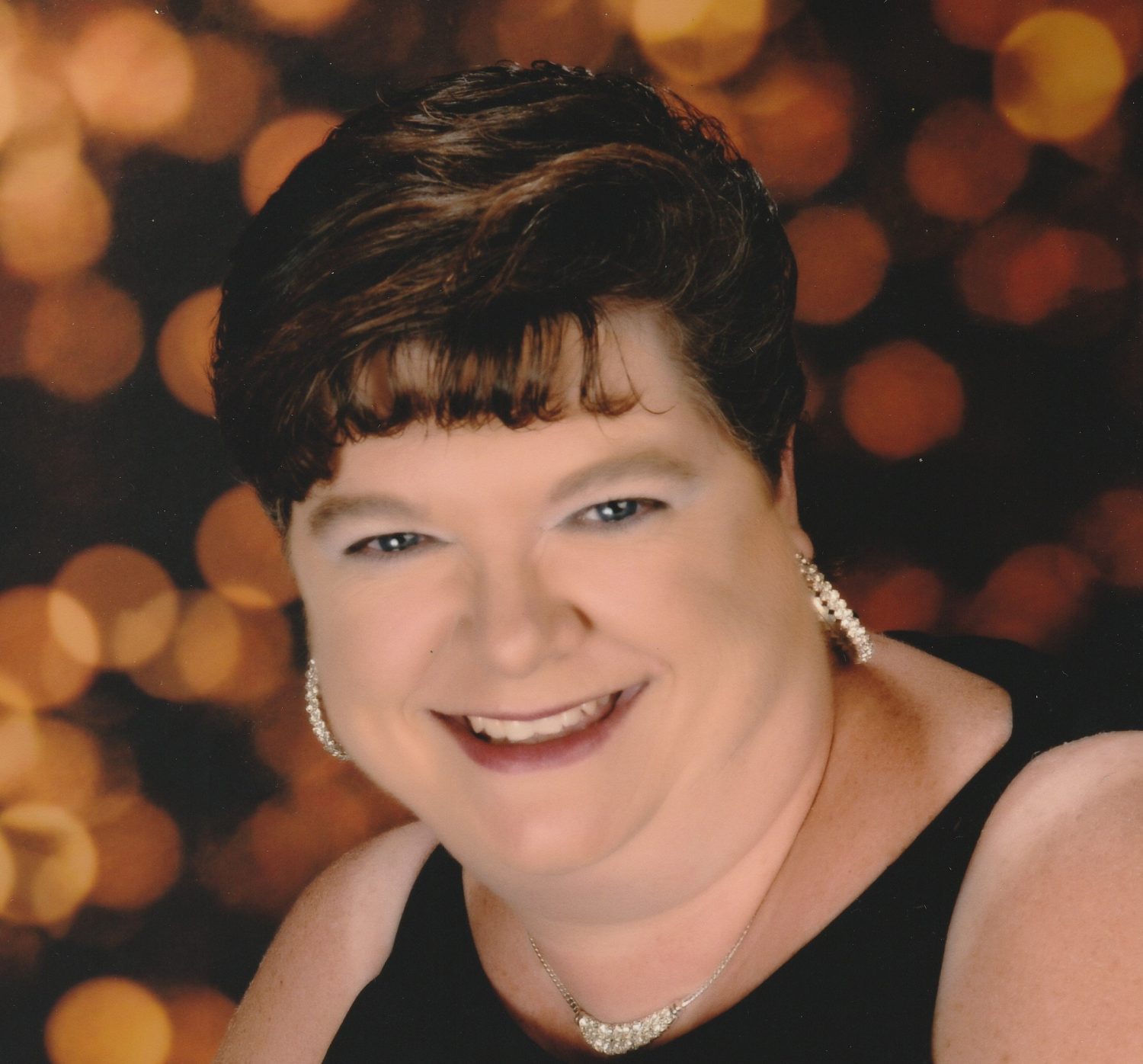“A teacher is like a candle: it consumes itself to light the way for others” – Anonymous
Standard 1: Teaching for Learning
Candidates are effective teachers who demonstrate knowledge of learners and learning and who model and promote collaborative planning, instruction in multiple literacies, and inquiry-based learning, enabling members of the learning community to become effective users and creators of ideas and information. Candidates design and implement instruction that engages students’ interests and develops their ability to inquire, think critically, gain and share knowledge.
Empowering Learners Presentation

(click here to view)
The Role of School Librarians in Enhancing Science Learning
Subramaniam, M., Ahn, J., Waugh, A., Taylor, N., Druin, A., Fleischman, K., & Walsh, G. (2013). The role of school librarians in enhancing science learning. Journal of Librarianship and Information Science, 47(1), 3-16.
Summary: School librarians play a number of roles in the school. One of the many roles is information specialists. However, over the years science has only used librarians as information gathers to help with science projects. The authors believed that school librarians could greatly impact the interest of science in children when used as collaborators in teaching. The authors came to this decision by using observational research of an after-school program that was co-designed and co-implemented by four middle school librarians in a large urban city in the US. Since no state curriculum was required to be used, the librarians were able to create a program around the interests of their students. All aspects of STEM were incorporated throughout the program even though science was the main focus. 10 pre-service librarians from surrounding colleges were used during the program to allow students to work in small groups and have more one on one help. One of the aspects of the after-school program was students were encouraged to create a science fiction story that was used during the program to help lead them into a greater understanding of everyday science. According to Subramaniam (2013), “This study contributes new insight into how librarians can use their expertise to enhance science education efforts in schools.” (p. 3).
Critique: This article easily shows how school librarians, when used as teacher librarians for all subjects including science, can increase the knowledge of the students. In this program, the librarians took on all aspects of planning and teaching science just as a middle school science teacher would. The article, while highlighting the vast knowledge of teacher librarians, didn’t mention how familiar the librarians or researchers were with the level of science content middle school students need. The authors reported they collected data for the research through observation, however, Subramaniam (2013) noted: “The librarians assisted the research team to design sessions that will delve deeper into the inquiry of science.” (p.10). It makes one wonder how unbiased the research was if the researcher helped in making changes to the program sessions.
This was an easily readable article and explained the research in depth. This would be a good article for teacher librarians to read. It would allow them a starting point in creating their own similar programs.
School Library Design


https://www.tes.com/lessons/ySwna7h1W3rmaQ/big-6-research-process

